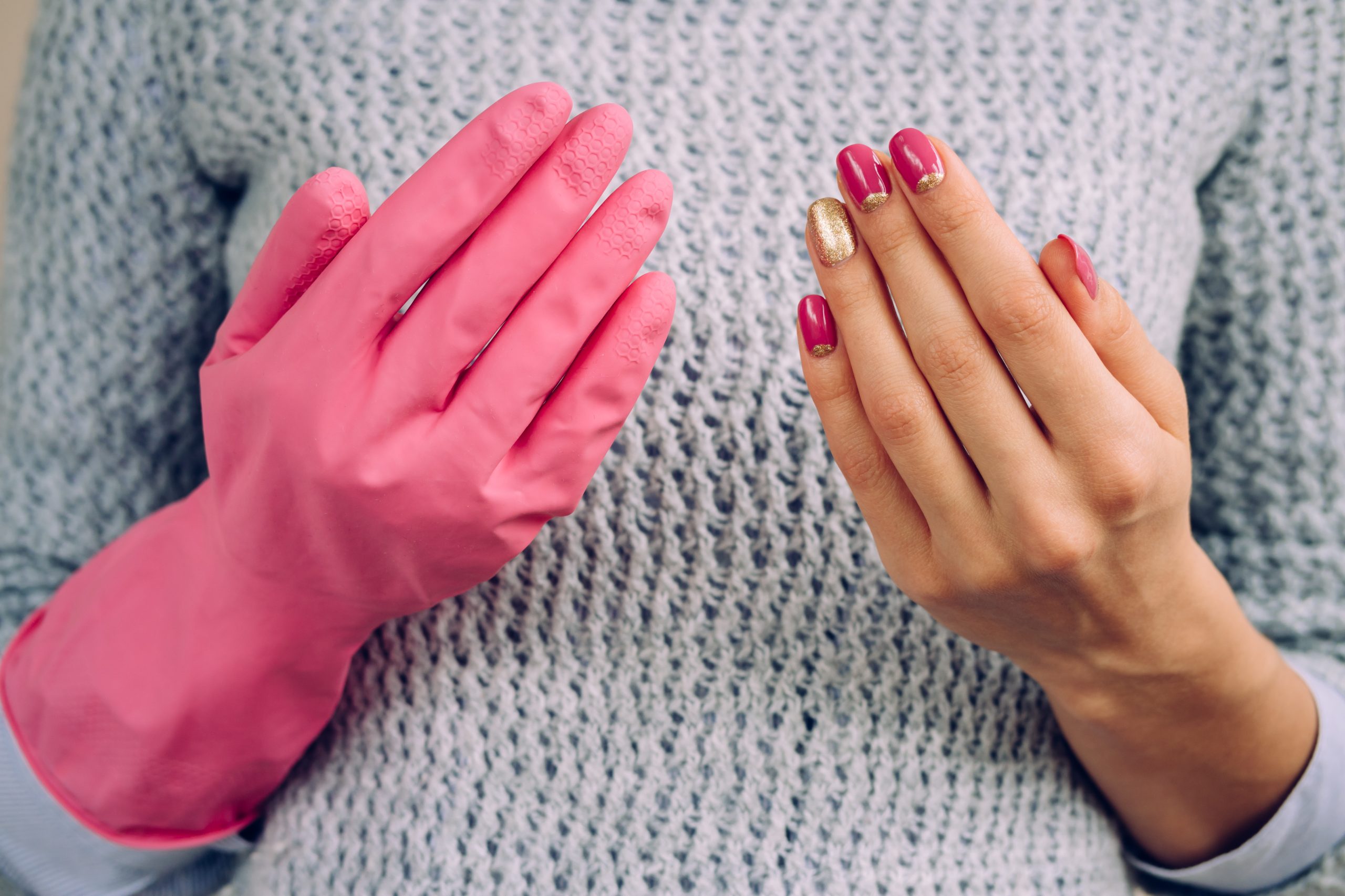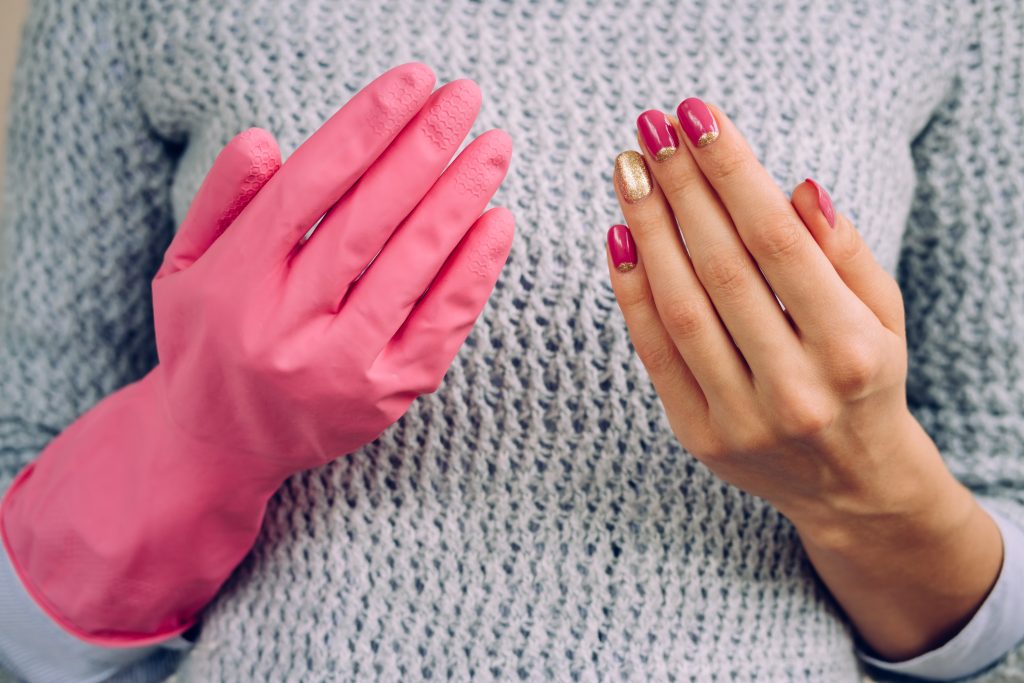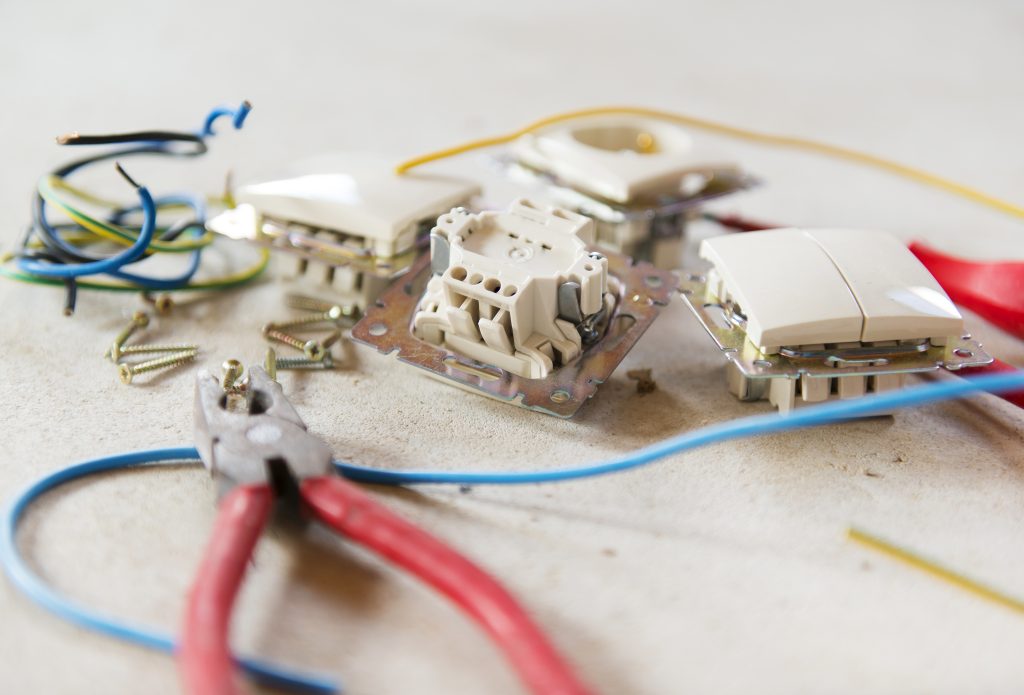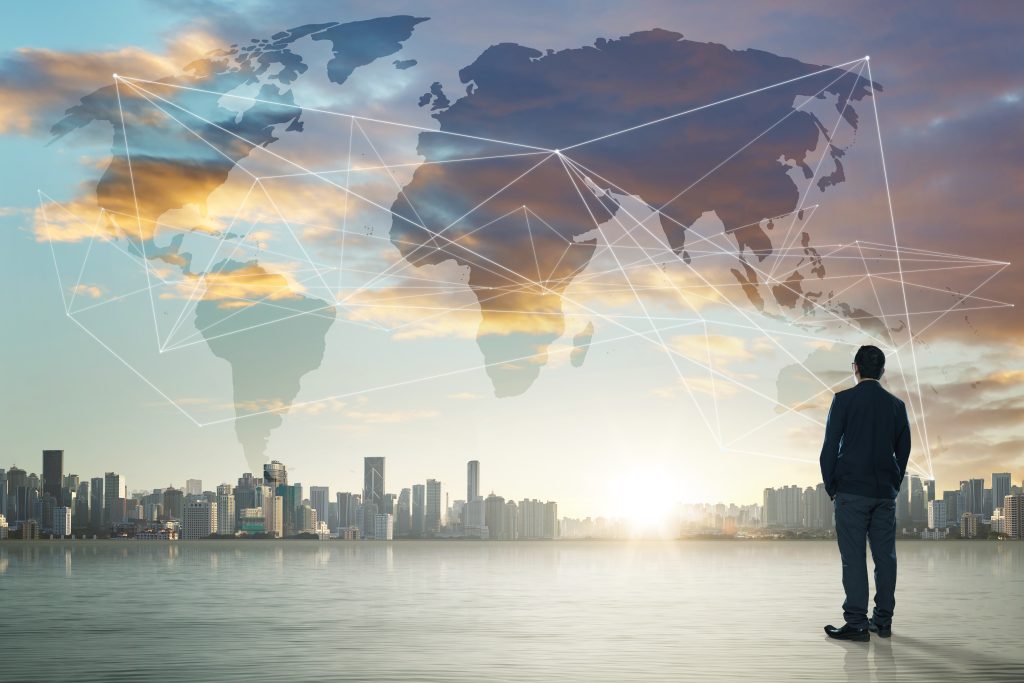The commercial cleaning industry is undergoing a transformation. Advances in technology are changing how we approach cleaning, with new innovations emerging every day. In this blog post, we’ll explore some of the key trends that will shape the future of commercial cleaning.
One of the most significant changes on the horizon is the rise of automation and robotics. With the COVID-19 pandemic accelerating the adoption of these technologies, many businesses are turning to autonomous machines to handle routine tasks such as vacuuming and mopping floors. These robots can work around the clock without breaks or lunch hours, making them more efficient than human workers. They also reduce labor costs and minimize errors caused by fatigue or distraction. As artificial intelligence (AI) continues to advance, we may see even more sophisticated robots capable of performing complex tasks like window washing and carpet cleaning.
Another area where technology is having an impact is data analytics. By collecting and analyzing information about cleaning processes, companies can identify areas for improvement and optimize their operations. For example, sensors placed throughout buildings can monitor air quality, temperature, humidity, and other factors that affect indoor environments. This data can then be used to adjust HVAC systems and lighting to create healthier and more productive working conditions. Data analytics can also help companies track energy usage and waste generation, enabling them to implement sustainable practices that save money while reducing environmental impacts.

Emerging green technologies and materials are revolutionizing the industry as well. Eco-friendly products made from plant-based ingredients are becoming increasingly popular among environmentally conscious consumers. These products not only have fewer negative effects on the planet but also perform just as well as traditional chemical-based cleaners. Additionally, new equipment designs are being developed to use less water and electricity, further reducing carbon footprints.
Finally, the future workforce will require different skillsets and employment opportunities. As automation becomes more prevalent, there will be a greater demand for professionals who specialize in programming, maintenance, and repair of cleaning machinery. At the same time, soft skills such as communication, problem-solving, and customer service will remain essential for those who interact directly with clients and customers. The growing emphasis on sustainability will also create new job openings for individuals trained in eco-cleaning methods and certifications.
Overall, the future of commercial cleaning promises to be exciting and full of possibilities. From automation and robotics to data analytics and green technologies, advancements in technology will continue to transform the way we approach cleaning. And as the industry evolves, it will create new challenges and opportunities for both businesses and employees alike.



